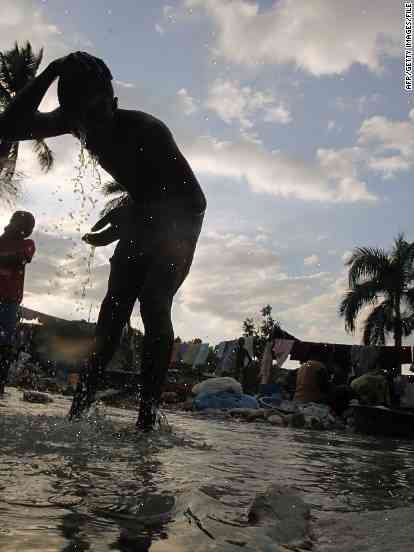Haiti Fast Facts
The United Nations Development Program (UNDP) estimates that approximately one-third of the population of Haiti has access to sustainable, affordable, and diversified agriculture.
The Haitian harvest last year alone (2018) was valued at almost $1.5 billion.
The food value chain for Haiti’s most common crops (maize, cassava, sweet potato, rice) is very diversified, with the food crop itself representing only a small fraction (14%) of the overall value chain.
The percentage of the population below the poverty line in Haiti has been reduced over the past two years, with the number of people living on less than $2 per day (based on the Haiti poverty line) dropping from about 27% to about 20%.
Haiti is one of the few countries in the world that allows the growth of its agricultural sector (as well as the majority of rural industries) to flourish without the need for additional financial or technological assistance from external donors.
The World Bank’s “Haiti in Crisis” report estimates that if Haiti were to adopt the same policies as other countries, it would have 2.5 million more people employed as farmers. (The report also notes that one of the reasons for this is that most Haitian farmers have land access to the international markets.) As a result, Haiti’s agricultural sector contributes 4.7% of GDP, the highest share in the whole of the Americas.
A good part of Haiti’s agricultural output and incomes is also exported, as indicated by the following export statistics:
Haiti’s exports to the US are estimated to be around $1.9 billion every year.
From 2009-2018, Haiti’s exports to the EU are valued at around $1.1 billion.
In terms of EU imports, Haiti’s exports to the EU in 2018 totaled $1.3 billion, and its imports from the EU totaled $1.2 billion.
The average Haitian worker in the countryside would spend 5.5 days each year away from the household.
The average Haitian worker in the city would spend 10.2 days each year away from the household.
The World Bank ranks Haiti’s urban areas (or “metros”) as the most unequal in the Americas.
The World Bank lists Haiti as having the highest proportion of

